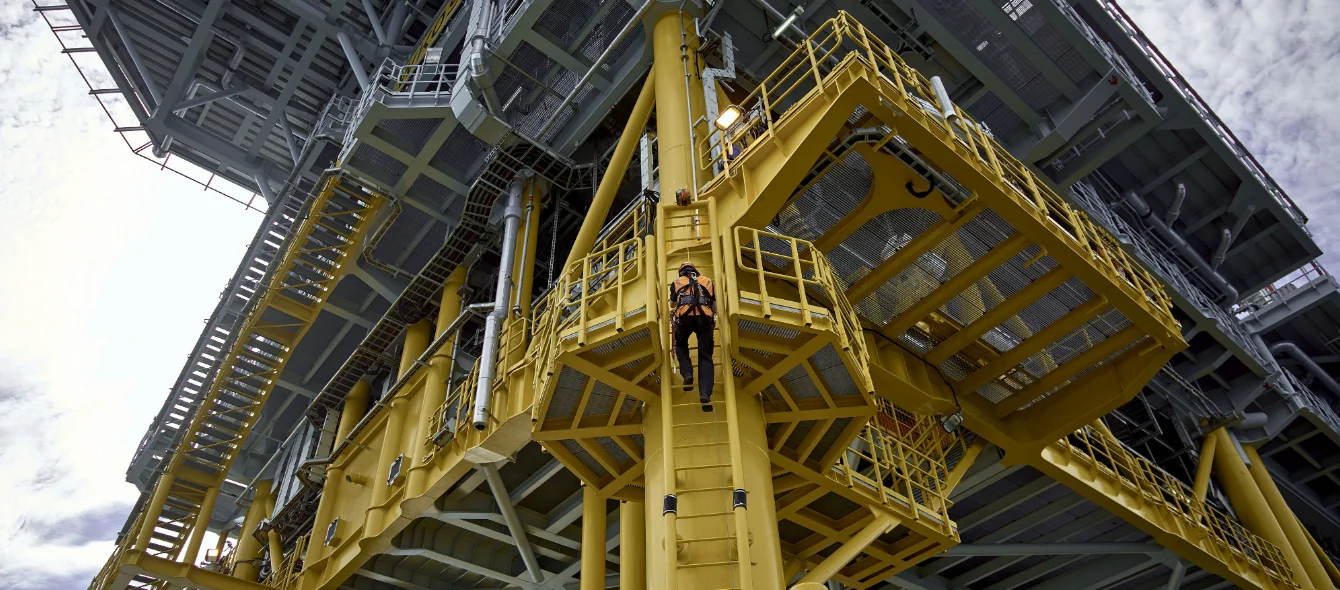Never before has grid operator 50Hertz transmitted as much renewable electricity in one, single year as it did in 2019. Namely 60 terawatt hours, to be precise – almost twelve percent of total electricity consumption in Germany.
50Hertz operates the transmission grids in the former states of East Germany, as well as Hamburg, Berlin and the respective lines connecting adjacent transmission grids in other German states, Denmark, Poland and the Czech Republic.
Encouragingly, 50Hertz also says it has never needed to throttle as little green electricity as it did last year. For a stable power supply, network operators must coordinate with producers and consumers to ensure that power input and output are always in balance. This has become more complicated since electricity from volatile energy sources such as wind and solar power have come into the mix. Annual feed-in management and redispatch operations are a costly business. In 2017, the year with the highest price tag to date, the tab for these operations ran up to around 1.5 billion euros. The year after that, in 2018, this figure dropped by around seven percent.
Although the German Network Agency is not expected to publish its overall results for 2019 until the summer, 50Hertz’s figures have been able to provide an interim ray of hope. There is now reason to believe that 2018’s trend of falling costs will continue on. After all, no other transmission system operator is tasked with incorporating as much renewable energy as 50Hertz. In 2019, renewables accounted for 60 percent of its energy mix. Whilst, according to the German Environment Agency, green power only makes up 42 percent of the national mix.
Market forces come to bear/Conventional capacity increasingly flexible
It would seem as if integrating electricity from renewables is slowly becoming a more straightforward affair. And there is a slew of reasons behind this development. As a matter of fact, coal-fired power plants are one such factor, says Dirk Biermann, Chief Market & System Ops Officer at 50Hertz, when asked by en:former: “They are now able to reduce their output very flexibly to an incredibly low minimum.”
This usually happens when there are particularly high levels of renewable electricity on the grid. On the one hand, within the realms of what is technically feasible, green power always takes priority on German grids. However, Biermann explains that this flexibility is also attributable to market forces. When renewables are operating at max capacity, electricity prices are sometimes so low that conventional power plants, relying on fuel, would no longer be able to turn a profit. On the other hand, the operating costs of wind and solar farms are essentially independent of how much electricity they generate.
Grid expansion progress sets the tone
Another factor is the expansion of the networks: “In 50Hertz’s portion of the grid, the commissioning of an extra-high voltage line, nicknamed the Thuringian Power Bridge, has greatly helped to improve the transmission of renewable power,” says Biermann. The electrical powerhouse of a bridge is able to transport five gigawatts of electricity from southern Saxony-Anhalt to Bavaria. And finally, since 2018, 50 Hertz has also been able to improve the flow of electricity to Poland and the Czech Republic.
That being said, when comparing 2019’s superior figures to previous years, market forces and legal regulations combined only tell half the story. Not to mention that fact that the Thuringian Power Bridge has also been fully operational since September 2017.
As Biermann puts it, the truth of the matter is that learnings and innovations have also played their part: “When it comes to system management, we now have a whole fleet of forecasting and control instruments at our disposal, which we use to operate the grid at optimum capacity” says the 50Hertz manager. Add to that a dash of optimising and reinforcing existing lines plus a drop of constructing new ones, and it soon becomes clear how the 50Hertz network was able to produce such tremendous results.
Renewables not yet able to go it alone
Despite all this headway, Biermann emphasises that there is still a long way to go before the ultimate goal is achieved. By this he not only means the fact that electricity grids and renewable generation capacities are yet to be optimally expanded, but also that certain other technical solutions are not yet available. Conventional power stations, for example, are often still required to provide what is referred to as reactive power, which compensates for power losses that almost inevitably occur during the transmission of electricity. This function is necessary to keep the grid voltage constant and is the only way to prevent voltage fluctuations and, at the end of the day, power failures.
“In the medium and long term,” says Biermann, “different technical and regulatory solutions must be found for these situations at the various grid levels that also comply with the renewable energy expansion targets.”
Photo credit: © 50Hertz


